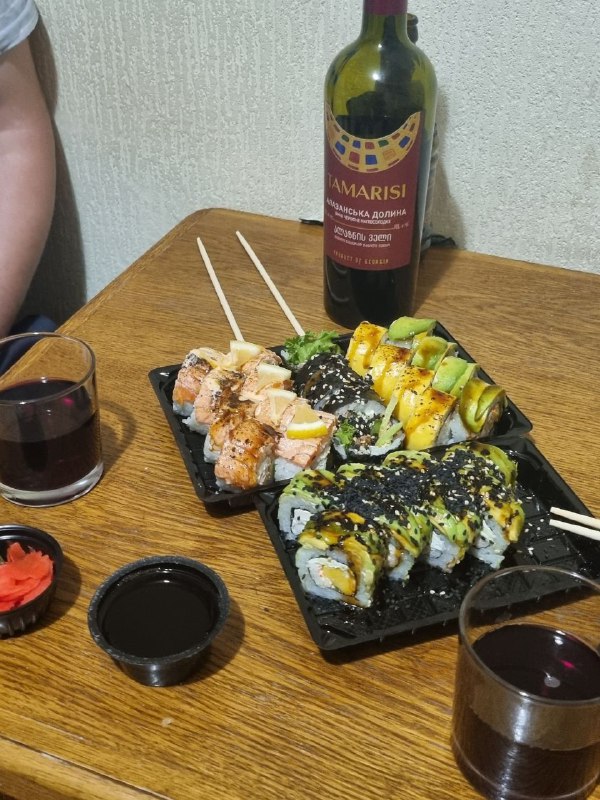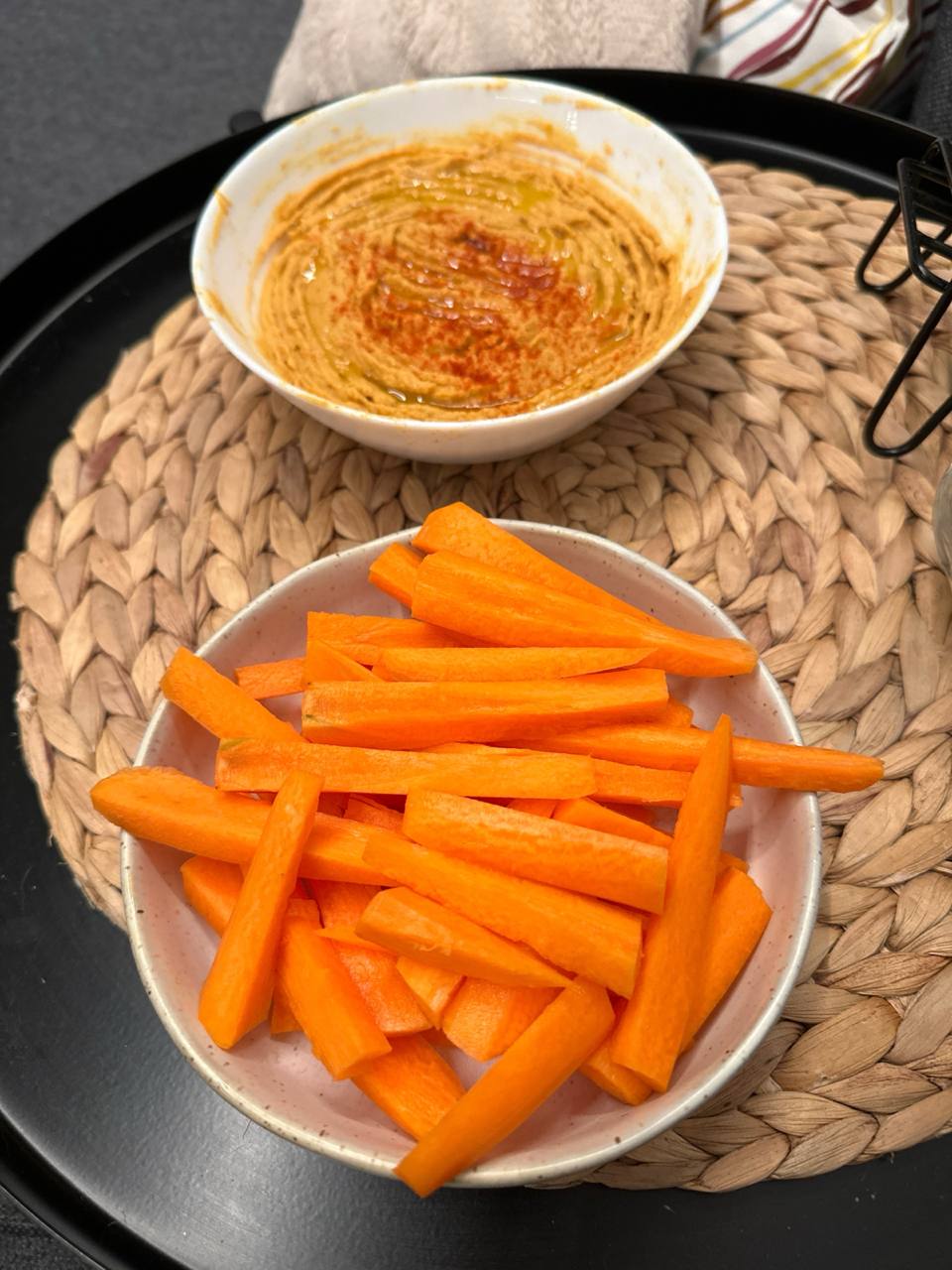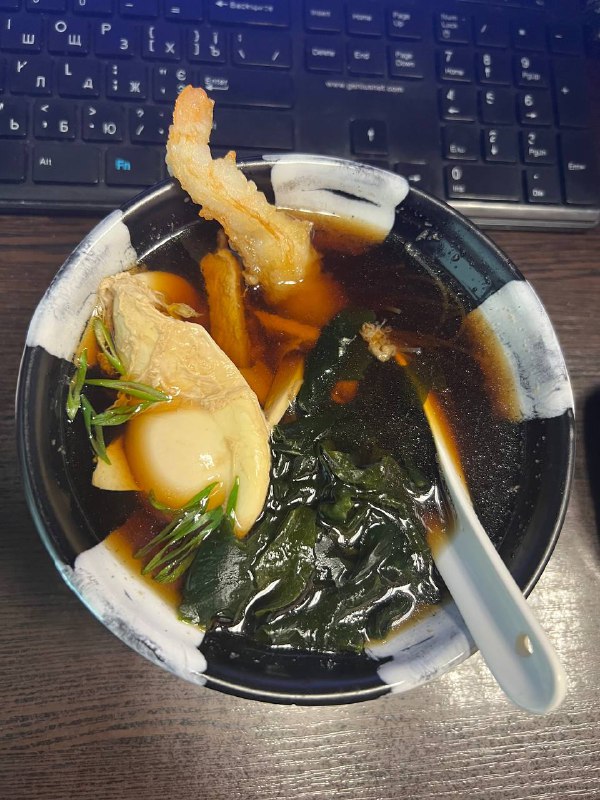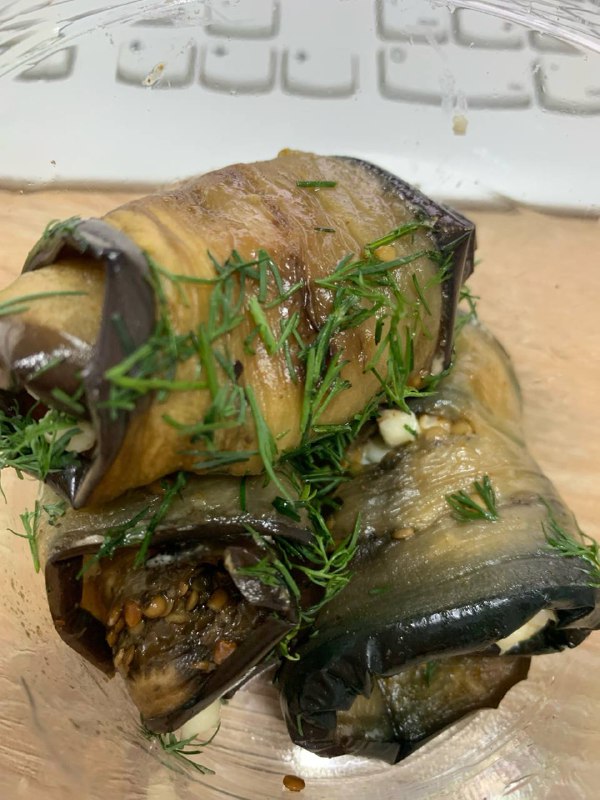plate.bot
track your foodSushi Platter Recipe
Sushi is a beloved Japanese dish that combines vinegared rice with various ingredients like seafood, vegetables, and occasionally tropical fruits. Known for its exquisite presentation and fresh flavors, sushi is a versatile dish that can be tailored to suit different dietary needs and preferences.

🌎 Japanese: Main Course
- 🔥 Calories 350kcal
- 🍗 Protein 12g
- 🍚 Carbs 40g
- 🧈 Fat 15g
🥗 Ingredients:
- rice (150g)
- nori (seaweed) (10g)
- salmon (50g)
- avocado (30g)
- soy sauce (20g)
- pickled ginger (10g)
- wasabi (5g)
🍳 How to cook (4 servings):
Step 1: Prepare the Sushi Rice
1. Rinse 2 cups of sushi rice under cold water until the water runs clear. 2. Cook the rice in a rice cooker with 2.5 cups of water. 3. Once cooked, transfer the rice to a large bowl and let it cool slightly. 4. Mix 1/3 cup rice vinegar, 3 tablespoons sugar, and 1.5 teaspoons salt in a small bowl until dissolved. 5. Gradually fold the vinegar mixture into the rice, ensuring it's evenly distributed. Let the rice cool to room temperature.
Step 2: Prepare the Fillings
1. Slice fresh fish (such as tuna, salmon, and yellowtail) into thin strips. 2. Slice vegetables like cucumber, avocado, and pickled radish into thin strips. 3. Prepare other fillings such as imitation crab sticks, shrimp, or tofu.
Step 3: Assembly
1. Place a sheet of nori (seaweed) on a bamboo sushi mat, shiny side down. 2. Wet your hands and spread a thin layer of sushi rice over the nori, leaving a 1-inch border at the top edge. 3. Arrange your desired fillings horizontally across the middle of the rice. 4. Lift the edge of the bamboo mat closest to you and start rolling away from you, pressing gently but firmly to ensure a tight roll. 5. Once rolled, use a sharp knife to slice the sushi roll into bite-sized pieces. Wipe the knife with a wet cloth between cuts to avoid sticking.
Step 4: Serve
1. Arrange the sushi pieces on a platter, garnishing with pickled ginger, wasabi, and soy sauce for dipping. 2. Optionally, sprinkle sesame seeds or tobiko (fish roe) on top of the rolls for added texture and flavor. 3. Serve immediately for the best taste and texture.
⭐️ Nutrition facts:
Sushi is generally low in fat and can be a good source of protein, vitamins, and minerals depending on the chosen fillings. The fish provides omega-3 fatty acids, while vegetables contribute fiber and antioxidants.
You may also love
Explore More Recipes
By using this site, you agree to read and accept our terms of use, refund policy and privacy policy.
© Copyright 2025. All rights reserved.





